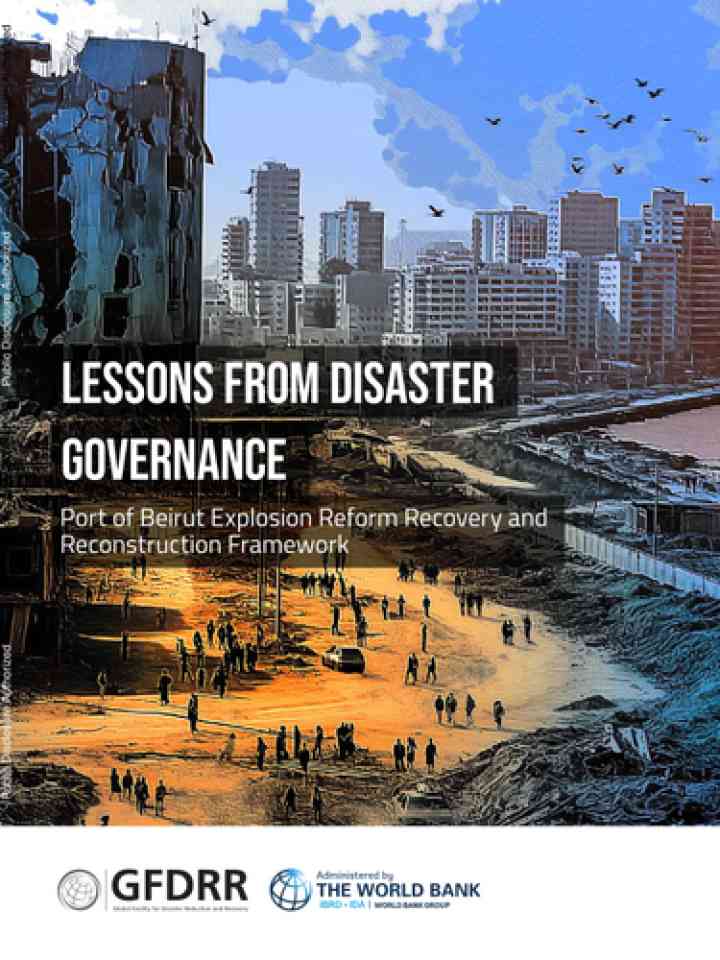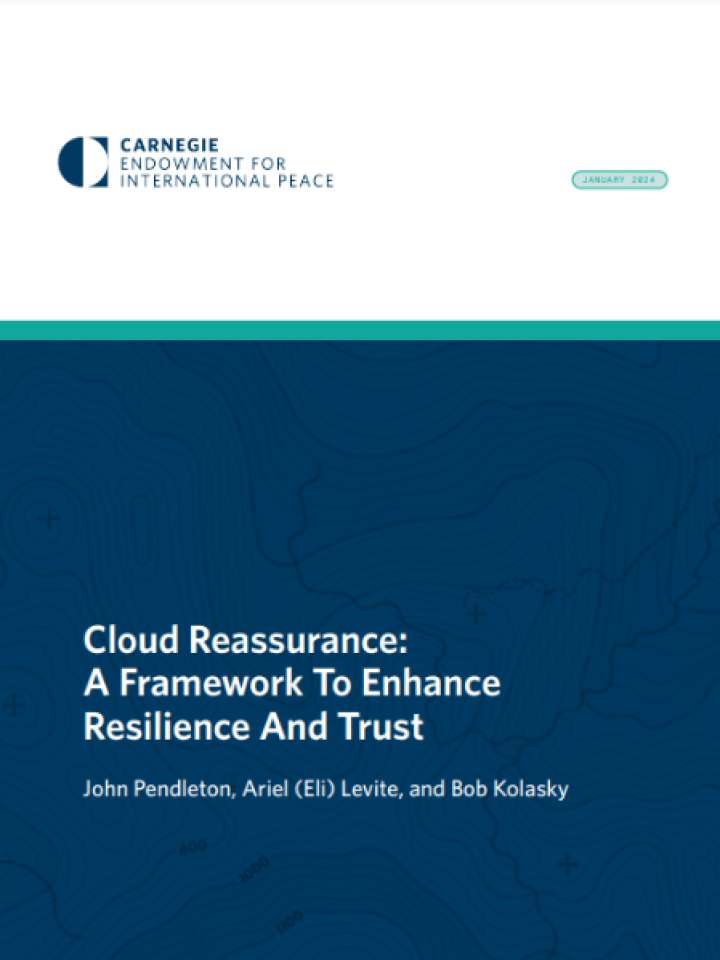Technical disaster
Technical or technological disasters are caused by events that can be intense and sudden, induced by human processes. They originate from technological or industrial conditions, dangerous procedures, infrastructure failures or specific human activities (UNGA, 2016).
Technical systems are complex, with many dependent subsystems. The failure of one element within this system can cascade throughout the chain, causing a series of failures leading to a disaster. Technical hazards are increasing due to the scope of technological expansion. They include industrial activity that includes dangerous conditions, processes, all transport systems (land, sea, air), defensive or offensive weapons systems and power plants.
A new set of emerging technological risks under the Sendai Framework include Information and communications technology (ICT)-related hazards. The increasing dependence upon complex large-scale network architectures of information technologies also increases exposure to cyber security threats. These threats include computer viruses, worms, Trojan horses, malware, spoofing attacks, identity theft, the theft and illegal disclosure of data, the loss of data and contamination of data. They have the potential to disrupt essential infrastructure operations such as communication, health, banking, transportation, energy, education and many other services.
Risk factors
- Ageing, abandoned or idle installations.
- Insufficient institutional and legal capacities.
- Natural hazards: storms, landslides, floods or earthquakes can cause industrial accidents.
Vulnerable areas
- Residential communities around industrial establishments tend to be most at risk because of their proximity.
Risk reduction measures
- Assess the risks before planning and building critical infrastructure.
- Develop policies and practices for continuity management.
- Integrate the risks into planning, foresee and reduce cascading effects.
- Create a hazard map to identify people at risk and their vulnerability.
- Draft national, regional and local response plans.
- Put in place early warning/monitoring systems to inform response.
- Ensure contingency and response plans are in place at a national and local level to evacuate people on time.
- Assess new technologies.
- Improve crisis communication before, during and after the event.
- Organize training and exercises for complex scenarios involving multiple interdependent failures.
- Educate and raise awareness on potential risks.



